- www.terracompany.cz
- Breeding animals
Breeding animals
Our breeding animals are selected from the best animals available on the market or our own elite breeding.
The formation of breeding pairs or groups is very individual according to the species and sometimes takes several years.
When involving animals in reproduction, we make sure that the individuals are sufficiently mature not only sexually but also physically.
Employing appropriate selection and monitoring of phenotypic traits, we try to improve individual traits of certain species, in particular,
to obtain new colour variations (see some selected species below).
In breeding, the emphasis is to ensure a proper varied diet enriched with vitamins and minerals, zoohygiene and the well-being of the animals themselves.
The Example of some breeding species and their colour mutations
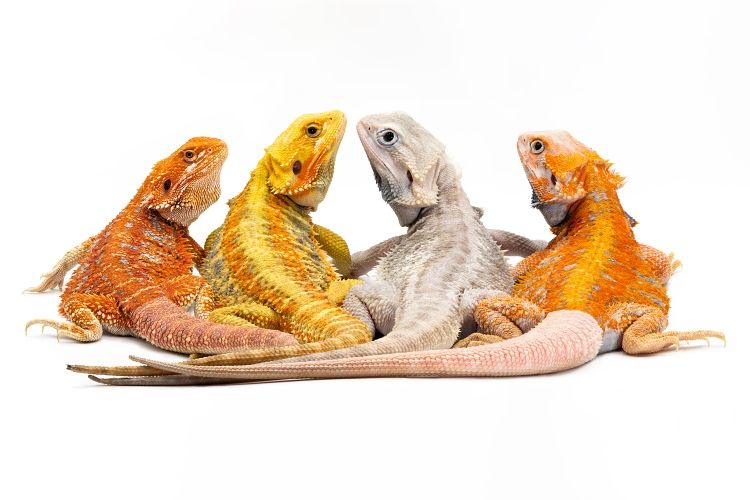
Pogona vitticeps – Bearded Dragon
Our company focuses on the production and breeding of new forms of bearded dragons. For our Super Genetic Dragons project, we obtained breeding animals partly by selecting the elite agamas from our own production. We have been breeding our first agamas of the genus Pogona vitticeps since 2005. Since then, much has changed and by producing over 15,000 hatchlings per year (from 2020 onwards) we have achieved some truly exceptional colours. In addition to the selection of our own breeding, the best animals on the market have been included in this project. And not only from Europe but also from the USA. By selectively choosing and refining these uniquely coloured individuals, we have achieved completely new forms.
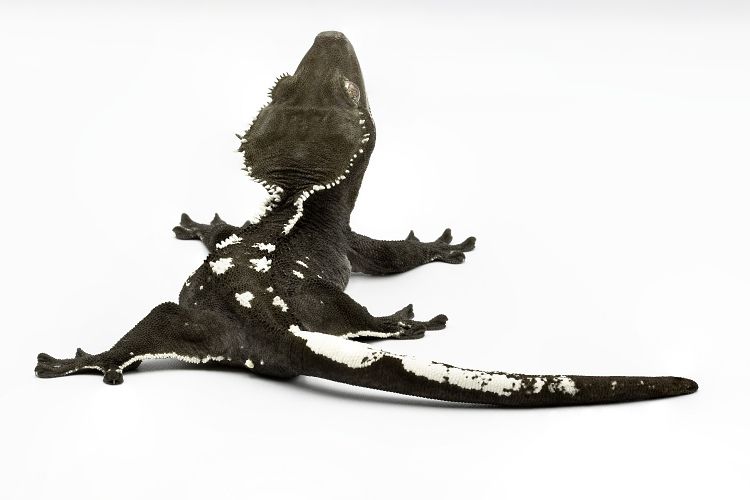
Rhacodactylus ciliatus – Crested Gecko
The Super GG project founded by Terra Company Habal s.r.o. is focused on the production and breeding of new forms of the genus Rhacodactylus geckos. The breeding animals for this project were obtained in part by selecting our best geckos from our own production. We have been breeding the first Rhacodactylus ciliatus geckos since 2007. Since then, much has changed, and by producing over 5,000 babies each year (as of 2019). We have achieved some truly exceptional colouration. In addition to the selection of our own breeding, the best animals on the market have been included in this project. And not only from Europe (from which we have been breeding the LW form in our own breeding since 2015) but also from the USA and South Korea, from where we bought geckos in the AXA, LW-AXA, SC, Frapp., Capp. forms for further breeding in 2021 and 2022.
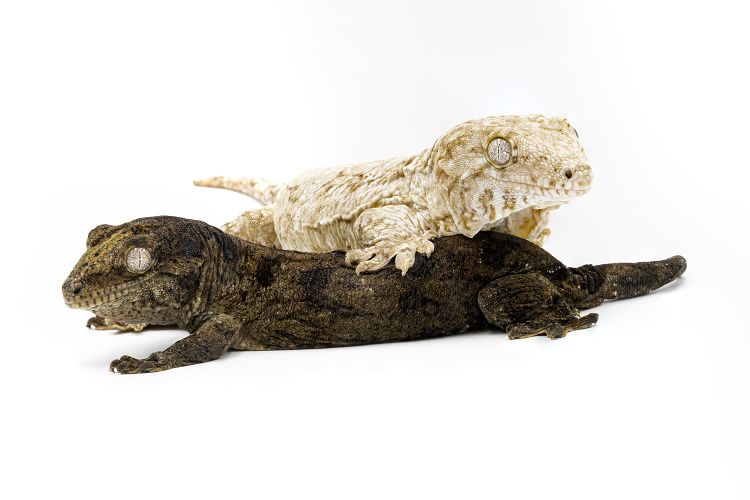
Rhacodactylus leachianus - New Caledonian giant gecko
The species Rhacodactylus leachianus is different from other gecko species in that individuals do not become sexually mature until they are about 3 years old. We have been breeding this specie for many years and have over 200 breeding pairs available as of 2023. The breeding of these geckos is also included in our Super GG project.
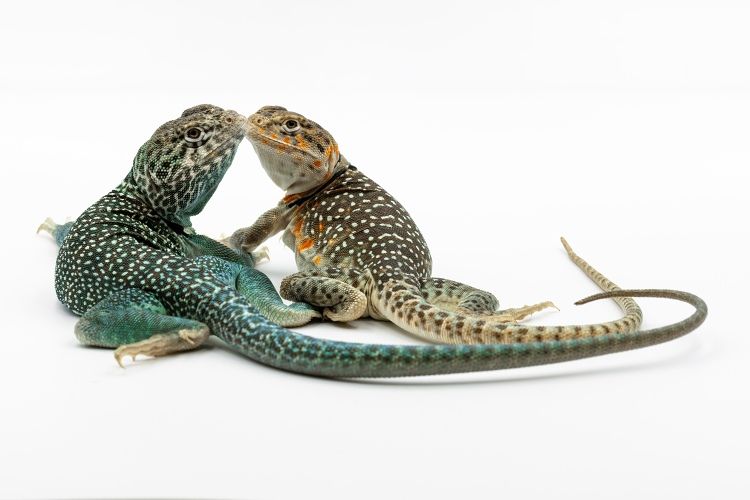
Crotaphytus collaris - Collared lizard
The specie Crotaphytus collaris is bred in several variants – natural forms such as C. c. collaris, C. c. Wichita Mountains, C. dickersoni and bred forms such as C. c. Panther form and C. c. melanistic. An interesting feature of this species is the use of sexual dimorphism, where the female can change to the female form during the reproductive period. Females signal their pregnancy by orange colouration in the cervical region.
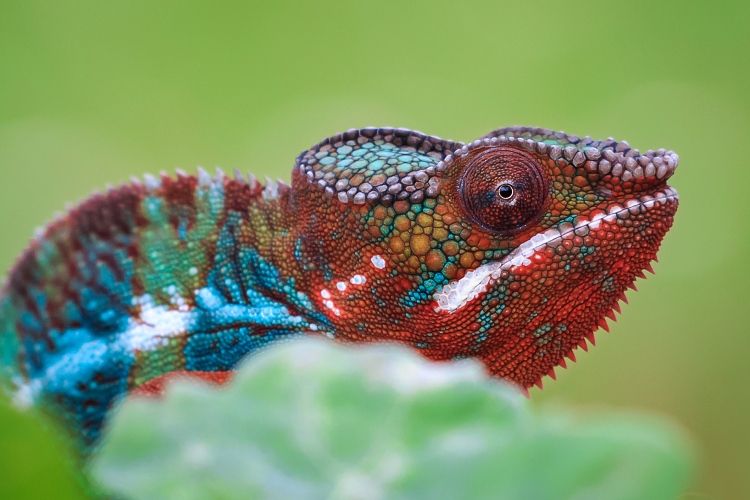
Furcifer pardalis - Panther Chameleon
The panther chameleon is native to Madagascar and the adjacent islands. We have been breeding this species for more than 10 years. During this time it has been relatively well domesticated. It is no longer as demanding to changes in temperature and seasons like animals imported from the wild. Despite this domestication, it is still one of the more challenging species to breed, which is generally due to the nature of chameleons. There is considerable sexual dimorphism in chameleons, with females being predominantly brown to grey in colour and males abounding in a various range of colours. We keep several colour lines in the breeding stock.

Dyscophus antongilii - Tomato frog
The tomato frog is native to Madagascar and gets its name from its colour resembling tomatoes. In nature, we can find several species. Of which we breed: Dyscophus antongilii and Dyscophus guinetti. The first breeding of Dyscophus guinetti was in 2013 and D. antongilii in 2016. At that time D. antongilii was still under CITES IA protection. Our frogs were originally obtained from the Zoo in Chemnitz, Germany. Since 2016, the protection for the genus Dyscophus has been unified and all species have been under CITES IIB protection since then. These frogs are regularly bred and are suitable for beginners.
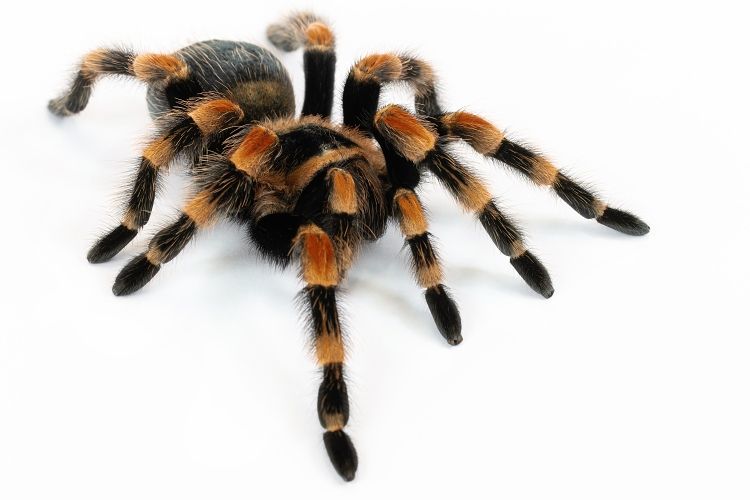
The tarantulas of the genus Brachypelma
Brachypelmas are found in Mexico and Central America. Their attractive appearance and easy breeding make them a sought-after and frequently bred spider. We were also attracted by their colourfulness in the 90´s and they have been an integral part of our breeding ever since. You will find all current and former species of this genus here, which we regularly breed. In the wild, they are an endangered species – under CITES protection.